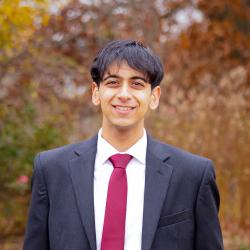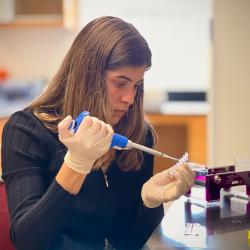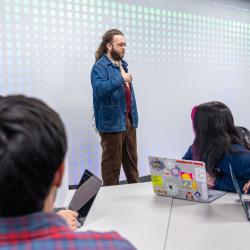Three Science Terps Awarded 2021 NOAA Hollings Scholarships
Rising juniors earned prestigious award to explore their interests in oceanic and atmospheric science
Three rising juniors in the University of Maryland’s College of Computer, Mathematical, and Natural Sciences (CMNS) received 2021 National Oceanic and Atmospheric Administration (NOAA) Ernest F. Hollings Scholarships. Siobhan Light, Yulia Lim and Eric Robinson are all dual-degree students studying a range of sciences—from astronomy to biological sciences to computer science.
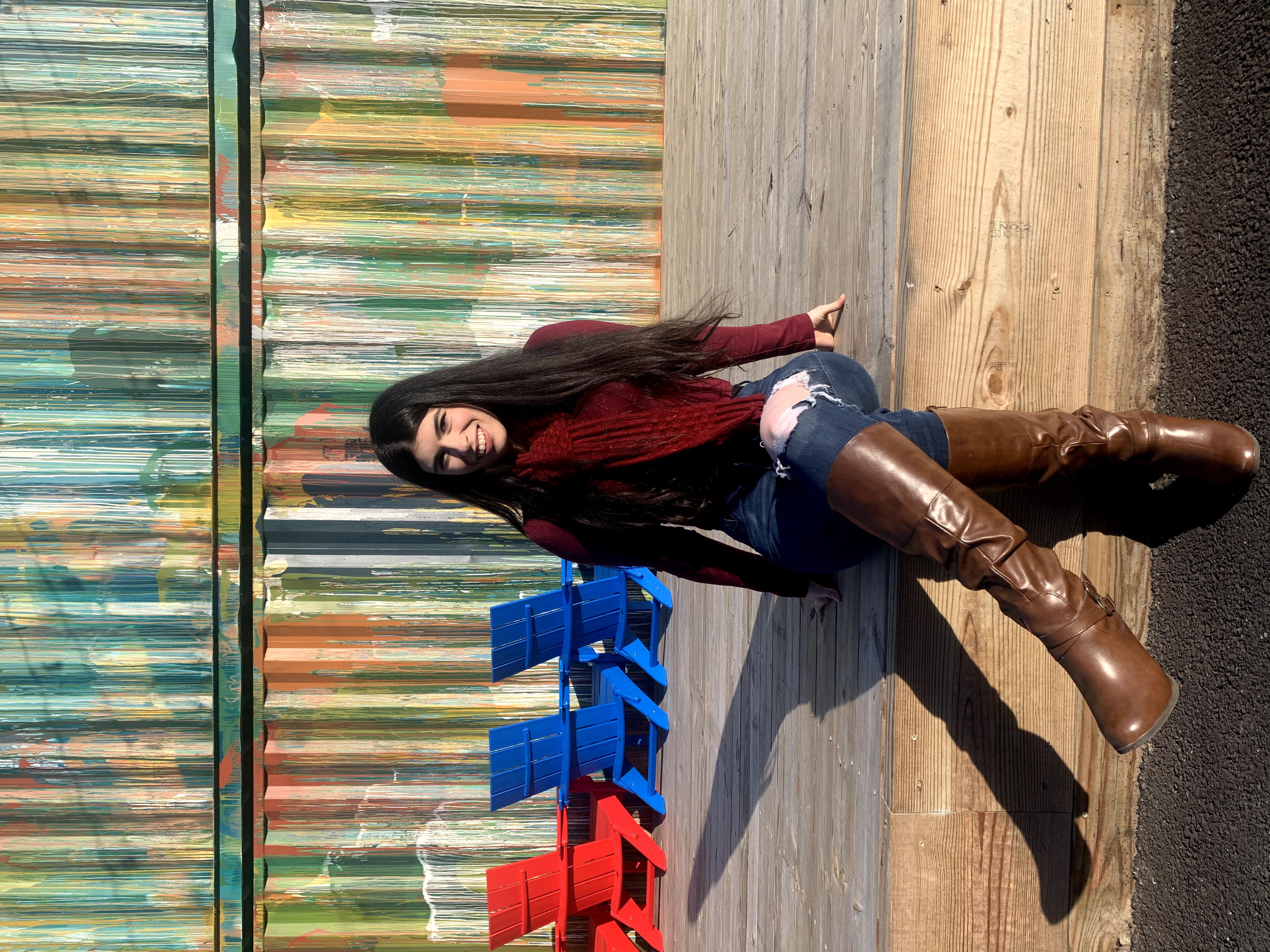 The interdisciplinary nature of planetary science drew Light, an astronomy and geology dual-degree student, to the field.
The interdisciplinary nature of planetary science drew Light, an astronomy and geology dual-degree student, to the field.
“Planetary science brings in astronomy, physics, geology, atmospheric science and so many different fields together,” Light said. “And I realized I don’t have to trade one of my interests for another, I can find an intermediate path between space and Earth.”
After interning with the National Museum of Natural History and the Johns Hopkins University Applied Physics Laboratory in high school, Light interned at NASA’s Goddard Space Flight Center during college. Each experience, including her on-campus research with the UMD Department of Geology, further solidified her passion for planetary science.
Light’s current research with NASA involves analyzing data from Titan, the largest moon of Saturn and second-largest natural satellite in the solar system. She measures Titan’s winds and compares measurements to form a more complete timeline of wind developments on the moon.
“Titan has a dense and complicated atmosphere, including a methane/ethane cycle similar to the water cycle here on Earth and the presence of a number of complex organic molecules,” Light said. “A lot of modeling of Titan’s atmosphere relies on the same techniques used to model Earth’s, so it’s of interest to scientists, including myself, to better understand what’s going on there.”
As a Hollings Scholar, Light will explore her interest in Earth and atmospheric science. Hollings Scholars receive up to $19,000 over two years, as well as professional development opportunities including a 10-week paid summer internship at a NOAA facility the summer after their junior year. The Hollings Scholarship program is designed to prepare recipients for public service careers with NOAA and other natural resource and science agencies at all levels of government and for careers as educators in oceanic and atmospheric science.
Forty-seven UMD students—24 from CMNS—have been awarded Hollings Scholarships since 2009, according to UMD’s National Scholarships Office. All three CMNS 2021 Hollings Scholarship recipients learned about the scholarship through National Scholarships Office Director Francis Duvinage, who offered advice and guided them through the application process.
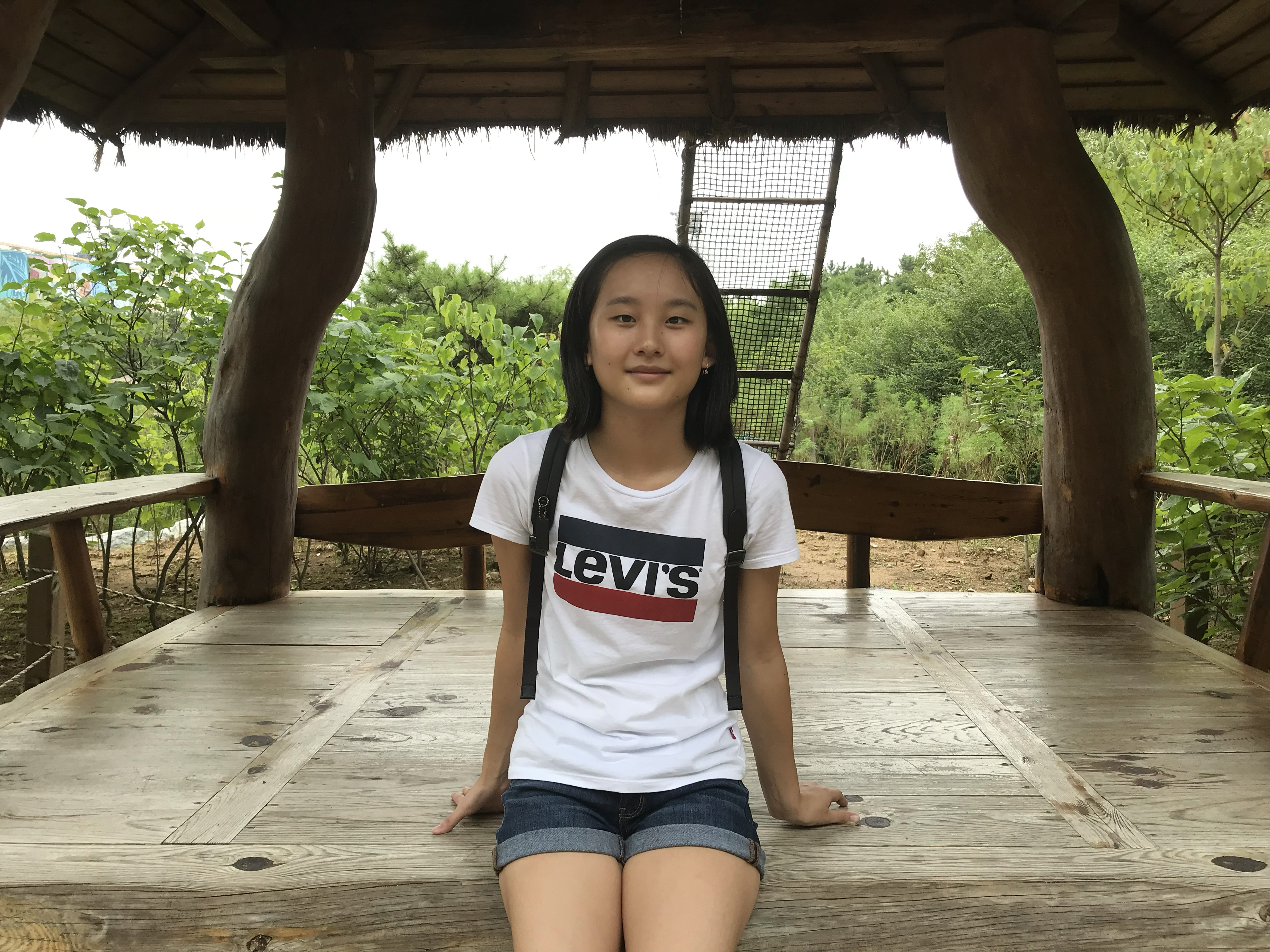 “When I reached out to Dr. Duvinage, he had a whole application process ready to help me that made the whole experience very smooth,” said Lim, a biological sciences and government and politics dual-degree student.
“When I reached out to Dr. Duvinage, he had a whole application process ready to help me that made the whole experience very smooth,” said Lim, a biological sciences and government and politics dual-degree student.
Lim became interested in meteorology her freshman year through the weather and climate track in Carillon Communities, a one-year living-learning program where first-year students work with faculty members and learn teamwork and creative problem-solving. As part of the program, Lim took AOSC200: Weather and Climate with Tim Canty, associate professor in the UMD Department of Atmospheric and Oceanic Science and director of the Marine Estuarine Environmental Sciences graduate program.
In 2020, after completing the Carillon Communities program, Lim joined Canty and Ralph Kahn, senior research scientist at NASA Goddard, on their ongoing Active Aerosol Plume-Height (AAP) project. Wildfires generate a significant volume of atmospheric aerosols that can harm the environment and exacerbate climate change, which is why the AAP project uses satellite imagery to identify and measure wildfire plumes.
Lim’s work focuses on the 2020 wildfires in Siberia and California. Using a program developed by the AAP team at NASA, she downloads satellite imagery and reviews it for signs of wildfires. Once she identifies a wildfire by the smoke plume, she examines and analyzes the plume. Climate scientists can then use that information to study and determine the environmental impact of wildfires.
In addition to this research, Lim branched out on her own to use satellite imagery to examine how certain types of clouds impact the warming of the planet. She plans to continue this work with Canty and Kahn until next summer, when she will intern with NOAA, exploring her passion for climate studies.
“A successful career for me is that whatever I choose, I can make an impact in helping our climate,” Lim explained. “Whether it be helping conserve the oceans or protecting marine eco-life, I have always been very interested in marine conservation. I love the ocean, it’s one of my favorite places to be. We are all very interconnected with nature, we rely on it just as it relies on us, so slowly damaging it will just hurt us in the end. That’s why climate action is so important to me.”
Lim isn’t the only 2021 Hollings Scholar committed to conservation. Robinson, a computer science and geographical sciences dual-degree student, plans to apply his coding skills in Earth studies to preserve wildlife and the natural environment.
Word that Robinson received the Hollings Scholarship came just a couple of weeks after he learned that he was selected for the 2021 William M. Lapenta NOAA Student Internship Program—setting him up to intern with NOAA for back-to-back summers in 2021 and 2022.
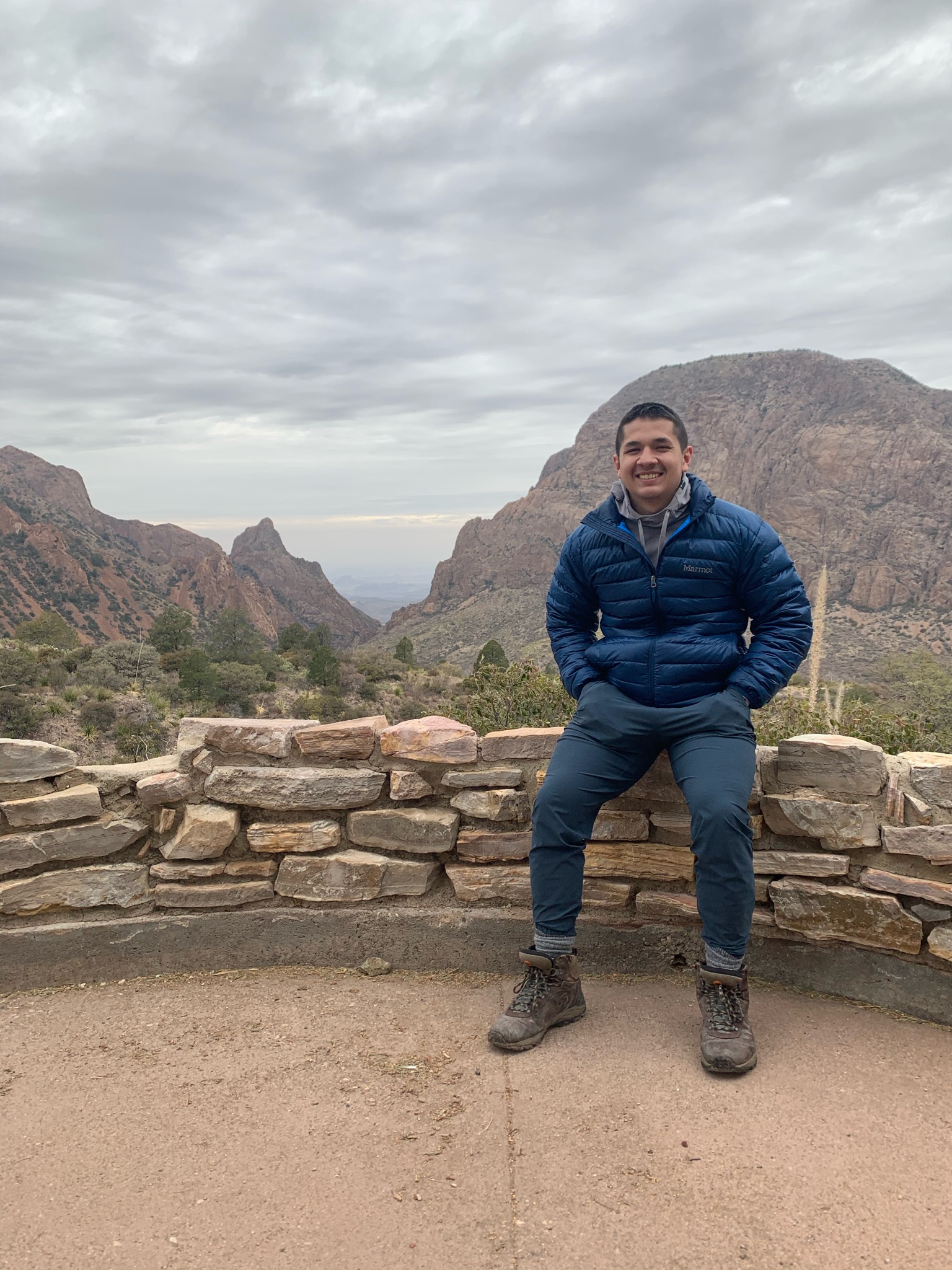 This summer, Robinson is creating a visualization package for the marine component of a new climate model, the Joint Effort for Data assimilation Integration. It’s important for the model to take into account how oceans distribute heat and moisture globally, ultimately influencing climate and weather patterns. However, the marine component of the model is less developed than the atmospheric side (where the weather happens), so Robinson is writing original code to simulate and predict the temperature, currents and salinity of the ocean.
This summer, Robinson is creating a visualization package for the marine component of a new climate model, the Joint Effort for Data assimilation Integration. It’s important for the model to take into account how oceans distribute heat and moisture globally, ultimately influencing climate and weather patterns. However, the marine component of the model is less developed than the atmospheric side (where the weather happens), so Robinson is writing original code to simulate and predict the temperature, currents and salinity of the ocean.
“The goal is that once the model is able to pop out a daily weather forecast based on the packages I’ve written, in three minutes, they can create a bunch of different visualizations,” Robinson said. “Those visualizations help NOAA inform the public so they can see things more clearly instead of just a bunch of numbers in the forecast.”
NOAA held its 2021 Hollings Scholars orientation in June to introduce everyone and acquaint students with the process and what they can expect for internship selection. Robinson found that many of the speakers at orientation had interesting fieldwork stories to tell, which got him excited about the potential of a career with an organization like NOAA.
“At the orientation, one speaker said, ‘You know the hurricane hunters? I’m one of those people on the back of the plane collecting data.’ And another said, ‘You guys know about the Deepwater Horizon oil spill? Me and my team were the ones who got the distress signal and went over to rescue the people involved in that,’” Robinson said.
As the Hollings Scholars work to discover their niche in their interdisciplinary fields, they’re hopeful the program will provide valuable insight and experiences to help them chart their career paths.
“The orientation definitely made me feel like this is where I belong,” Robinson said. “One of the things I plan to do while interning with NOAA this summer and next is speak to a lot of people in the field to understand where computer science and data science fit in. I’m interested in modeling and analysis, but I also want to be involved in the data collection and actually get to go out and experience nature and phenomena.”
###
Media Relations Contact: Katie Bemb, kbemb@umd.edu, 301-405-0215
University of Maryland
College of Computer, Mathematical, and Natural Sciences
2300 Symons Hall
College Park, Md. 20742
www.cmns.umd.edu
@UMDscience
About the College of Computer, Mathematical, and Natural Sciences
The College of Computer, Mathematical, and Natural Sciences at the University of Maryland educates more than 9,000 future scientific leaders in its undergraduate and graduate programs each year. The college's 10 departments and more than a dozen interdisciplinary research centers foster scientific discovery with annual sponsored research funding exceeding $200 million.




